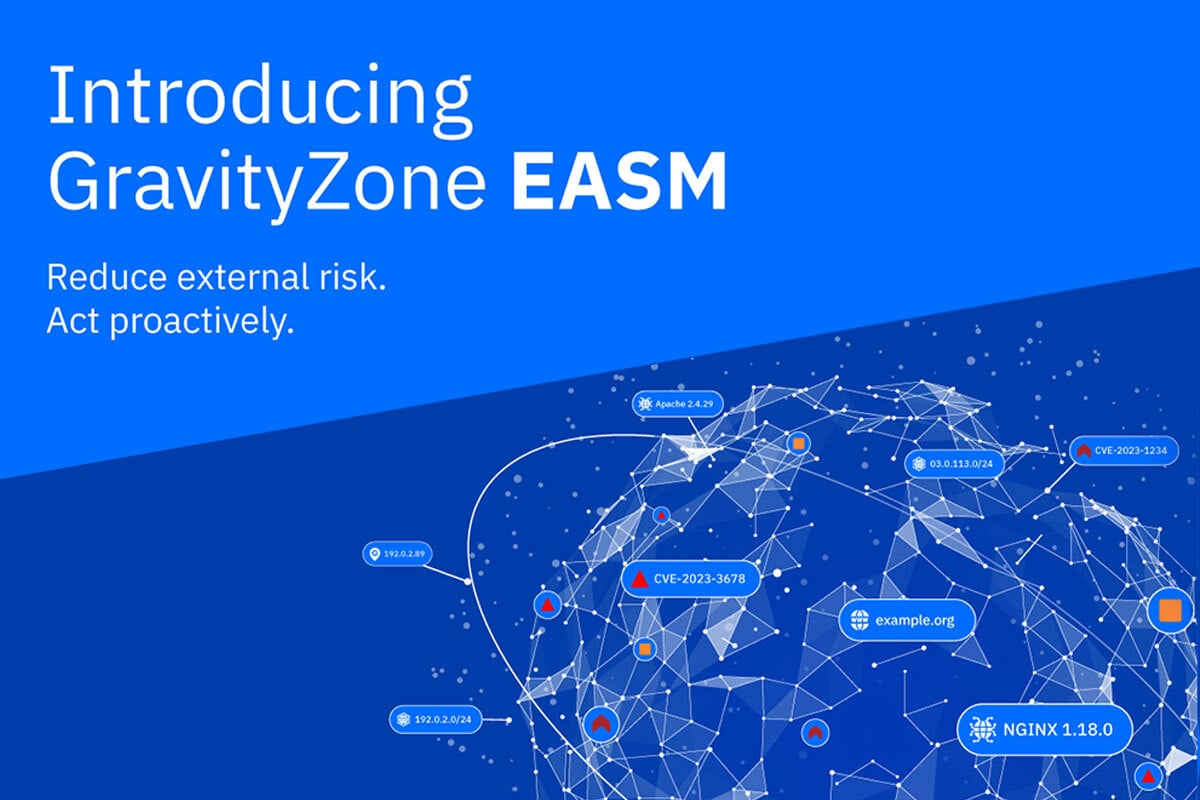Examining the ‘Why’ of Managed Detection and Response (MDR) in Cybersecurity

There’s no way around it. Organizations’ greatest assets – their people – are also their greatest vulnerability. Today’s cybersecurity threats are carefully crafted by increasingly sophisticated threat actors using generative artificial intelligence (GenAI), machine learning (ML), and large language models (LLMs) to create highly personalized phishing attacks at scale. Ransomware-as-a-Service (RaaS) and phishing kits allow these attacks to be spun up quickly and easily and sold to anyone with a credit card or Bitcoin account. The result? Organizations are flooded with extensive phishing campaigns and other malicious attacks every day.
Combined with common sense and anti-phishing training, traditional endpoint and network security solutions are pretty good at identifying and stopping these attacks – catching more than 99 percent. But in a world where all it takes is a single click to give attackers an avenue for taking down your most critical business systems, “pretty good” isn’t good enough.
Empowering Cybersecurity with MDR
Not even the most hardened, sophisticated security team can prevent every breach. The reality of cybersecurity today is that expanding threat surfaces, highly sophisticated attackers and dynamic, multi-cloud infrastructures make breaches inevitable. Instead of spinning their wheels trying to prevent every possible breach, security teams need to implement a layered approach to cybersecurity – focusing on preventing what they can prevent while mitigating the impact of threats that have already made their way into the network.
Managed detection and response (MDR) services are the next evolution of cybersecurity strategies. Rather than exclusively rely on traditional security solutions such as endpoint detection and response (EDR), and even extended detection and response (XDR), organizations need a more holistic agile and responsive cybersecurity model buoyed by experienced analysts working tirelessly to proactively root out and respond to today’s dynamic cyber threats.
What may be considered the primary difference-maker at the heart of MDR strategy is the defining asset: the expertise of seasoned cybersecurity analysts. These elite digital guardians bring to the table a ‘follow-the-sun' approach, ensuring round-the-clock vigilance and proactive defense against cyber threats. Their deep understanding of the threat landscape, combined with the use of cutting-edge technologies, allows them to detect anomalies that would otherwise go unnoticed. This continuous monitoring and rapid response capability is pivotal in addressing threat activity. With MDR services, organizations gain more than just a security solution; they offer a dynamic, watchful partner in protecting critical digital assets.
Expanding the Meaning of ‘Managed’, ‘Detection,’ and ‘Response’ in MDR
MDR allows organizations to augment their internal cybersecurity capabilities with a team of experienced analysts who can go beyond simply detecting threats to remediating the impact of those threats and getting the organization back up and running as quickly and as seamlessly as possible. Time is of the essence, and to address the array of activity emanating from the threat landscape today, the right MDR service allows organizations to act quickly when it matters the most.
Managed: This aspect of MDR offers continuous, 24/7 security coverage, ensuring organizations remain shielded at all times–whether it’s after hours, during the night, or over weekends and holidays. The managed service encompasses not only constant surveillance but also the maintenance and updating of security protocols and measures, ensuring that cybersecurity defenses evolve in step with new threats.
Detection: Detection in MDR is not limited to guarding endpoints, traditionally the most common targets for attacks. It also involves the proactive monitoring of the evolving threat landscape, which includes applications, network infrastructure, and multi-cloud environments. This comprehensive surveillance is designed to identify and assess potential threats before they can exploit vulnerabilities, using advanced analytics, machine learning algorithms, and threat intelligence to spot anomalies that could indicate a cyberattack.
Response: The response component of MDR distinguishes itself by not just alerting organizations to threats but by offering concrete remediation strategies. Leveraging the expertise of seasoned analysts, MDR services sift through false positives, contextualize security events, identify emerging patterns, and initiate swift countermeasures based on pre-approved protocols. This approach addresses immediate threats and aids in fortifying an organization’s defenses against future attacks.
Maximizing Cybersecurity Efficiency: The Transformative Power of MDR Services
Security leaders should only consider MDR services that provide organizations better, more proactive cybersecurity coverage at a fraction of the cost. This should inherently free up internal resources to focus on core business initiatives. Particularly for smaller organizations and growing mid-sized businesses, relying on experienced cybersecurity experts as a service can be a much more cost-effective strategy than trying to recruit and retain the necessary talent or try to develop expertise in-house through training and certifications.
The problem is that today’s security stack is decentralized and spread out across multiple layers in the networking stack. As today’s threat surface continues to expand to the cloud, Software as a Service (SaaS) platforms, personal phones, and laptops, and even Internet of Things (IoT) devices, security teams tend to just bolt on additional coverage to an already bloated portfolio of security tools, but relying on dozens of security tools is unsustainable from a complexity and manpower perspective. Integrating all these different data streams continues to be a manual process that saps time and resources away from more critical security functions. In addition, alert fatigue can set in, allowing real threats to slip through the cracks while hurting morale and making teams less effective. MDR service providers can sort through this noise, provide the right context, and orchestrate or automate an appropriate response.
As a whole, MDR allows organizations to improve their security coverage with dedicated experts without straining internal resources that are better allocated in other, more strategic areas of the business. And, as the cybersecurity landscape continues to evolve through increased use of GenAI, ML, and LLMs to spin up more sophisticated attacks at scale, MDR service providers are in a much better position to evolve their defense techniques to counter these threats. Advanced threat hunting services and threat intelligence promise to bridge the innovation gap between attackers and defenders and allow organizations to respond quickly to alleviate the business or operational impact of attacks.
Summary
Today’s cybersecurity landscape is incredibly complex and stacked against enterprise security teams. It will only continue to evolve in the future, making it hard for organizations to keep up. MDR service providers can augment internal cybersecurity resources by providing the expertise at scale that organizations need to protect themselves from these increasingly sophisticated attacks. Going beyond detection, MDR providers can alleviate alert fatigue, add context to security events, and provide recommended actions and automated responses for threat mitigation – ultimately improving cyber resilience at a time when resources are at a premium.
tags
Author

By leveraging his background as a journalist and editor, Marcos Colón has been specializing in cybersecurity content creation for over a decade. Known for his proficiency in communicating complex topics effectively, he bridges the gap between technical aspects and audience understanding. His interviewing skills and commitment to creating engaging narratives have made him a distinctive voice in the cybersecurity sphere.
View all postsRight now Top posts
FOLLOW US ON SOCIAL MEDIA
SUBSCRIBE TO OUR NEWSLETTER
Don’t miss out on exclusive content and exciting announcements!
You might also like
Bookmarks











